Over the last five years, there have been more than 1.5 billion visits to America's grand national parks. Of course, the vast majority of these jaunts have taken place during the day, when lakes, mountains, canyons and wildlife are easy to explore. But in many ways, the real wonder begins once the sun has set.
Many of the northern parks, like Denali in Alaska and Yellowstone in Wyoming, feature spectacular northern lights displays. Iconic sights like erupting geysers and snow-capped peaks take on new beauty under the silvery light of the moon. And desolate parks like the Badlands and Death Valley can appear downright spooky...in a completely thrilling way.
Those who want to see what happens after dark can book camping trips, or enjoy special nighttime tours — including astronomy treks in Utah's Bryce Canyon, Milky Way jaunts in California's Joshua Tree, and twilight journeys to watch bats take flight in New Mexico's Carlsbad Caverns. There are even workshops for teaching national park night photography.
In other words: Forget the sunshine. Check out these spectacular images to see for yourself why nighttime is the best time for exploring national parks.
Yosemite National Park, California
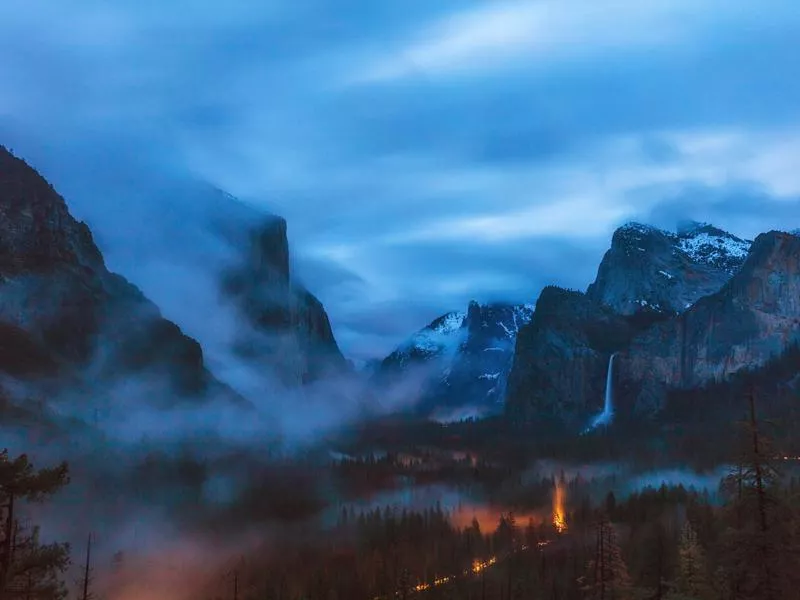
Twilight fog casts a spell over Yosemite's diverse landscape. Spondylolithesis / Getty Images
Everglades National Park, Florida
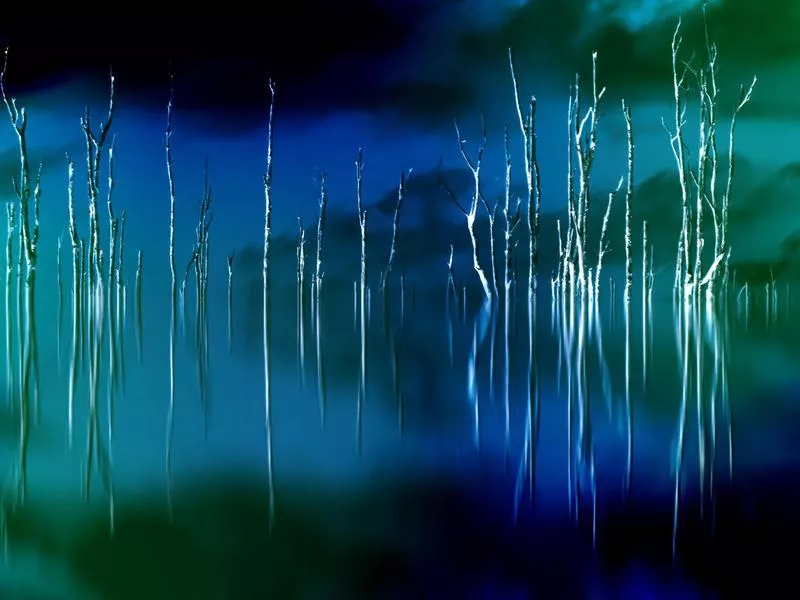
The swamplands of the Everglades take on an eerie glow once the sun goes down. Thomas Hawk / flickr
Saguaro National Park, Arizona
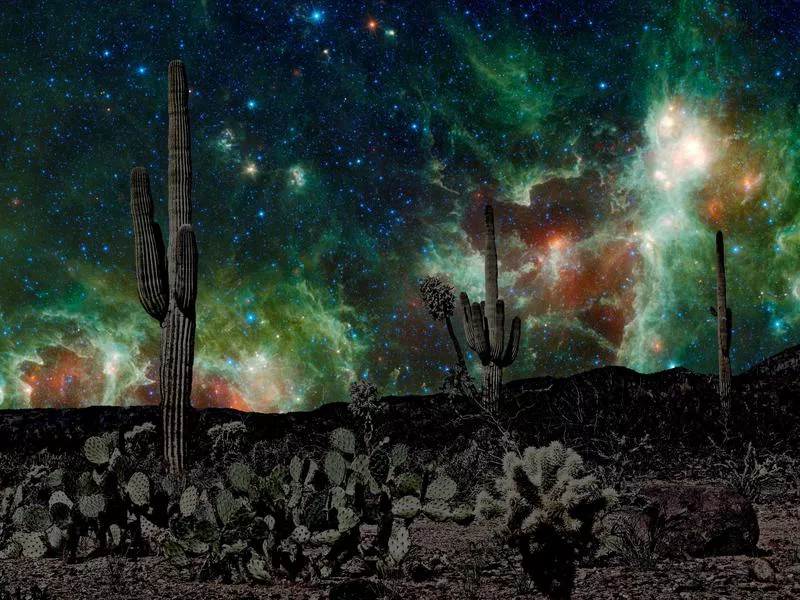
A brilliant night sky lights up cacti. Getty Images
Death Valley National Park, California and Nevada
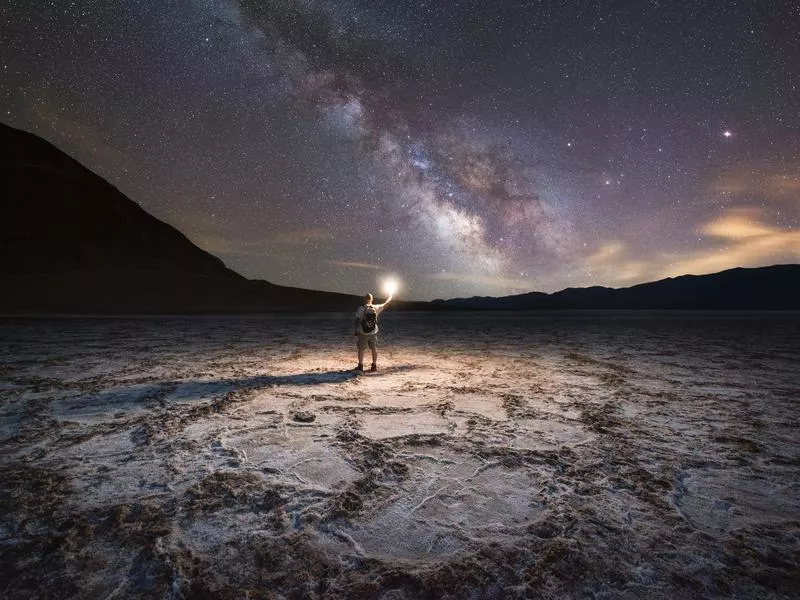
An intrepid adventurer explores Badwater Basin at midnight. Michael Ver Sprill / Getty Images
Bryce Canyon National Park, Utah

Bryce Canyon's distinctive 'hoodoos' at night. Getty Images
Death Valley, California

A mesquite tree is framed by the night sky. Getty Images
Lassen National Park, California
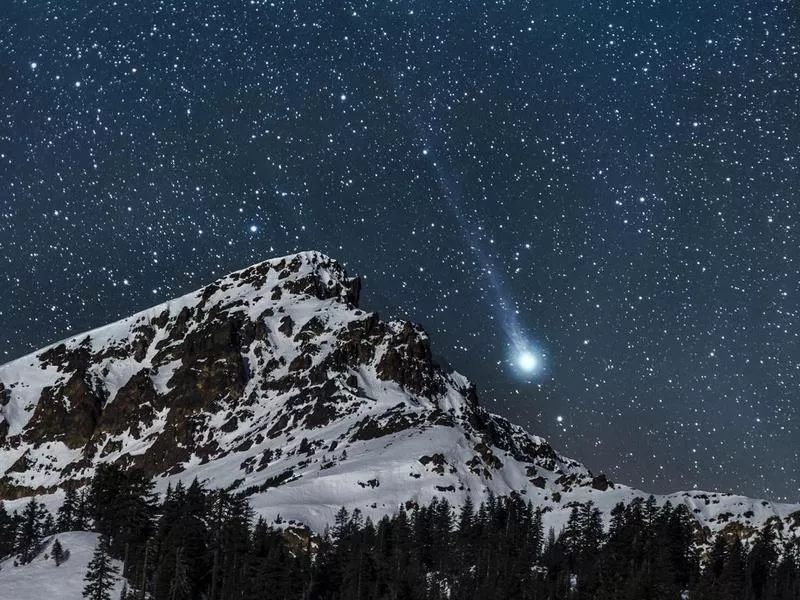
A comet soars past snow-capped Brokeoff Mountain, Lassen's second-highest point. Pinterest
Great Sand Dunes National Park, Colorado
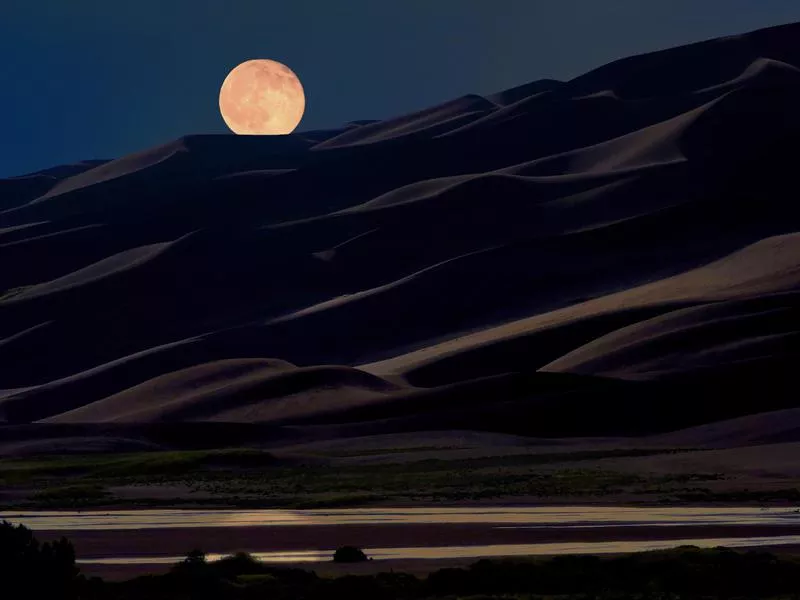
A full moon rises from behind majestic sand dunes, with Medano Creek below. Great Sand Dunes National Park / flickr
Badlands National Park, South Dakota
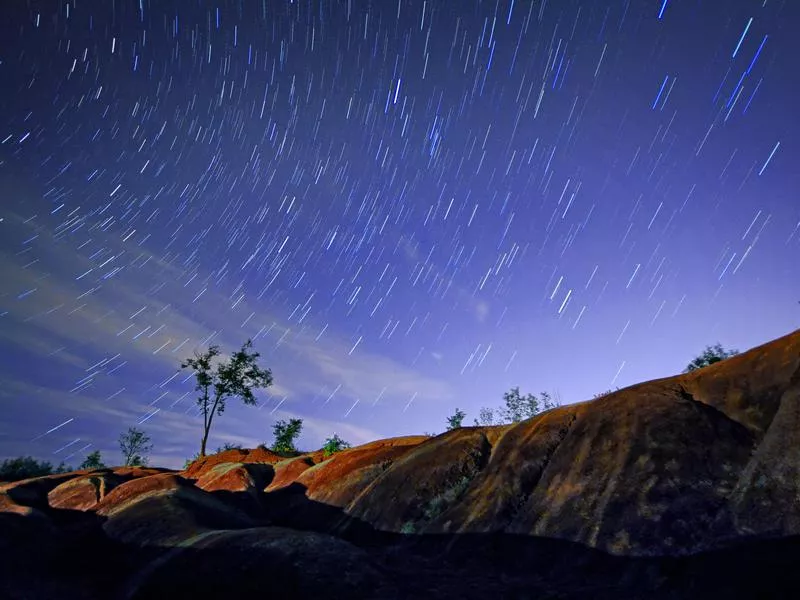
Badlands' striking geologic deposits contain one of the world’s richest fossil beds Getty Images
Hawaii Volcanoes National Park
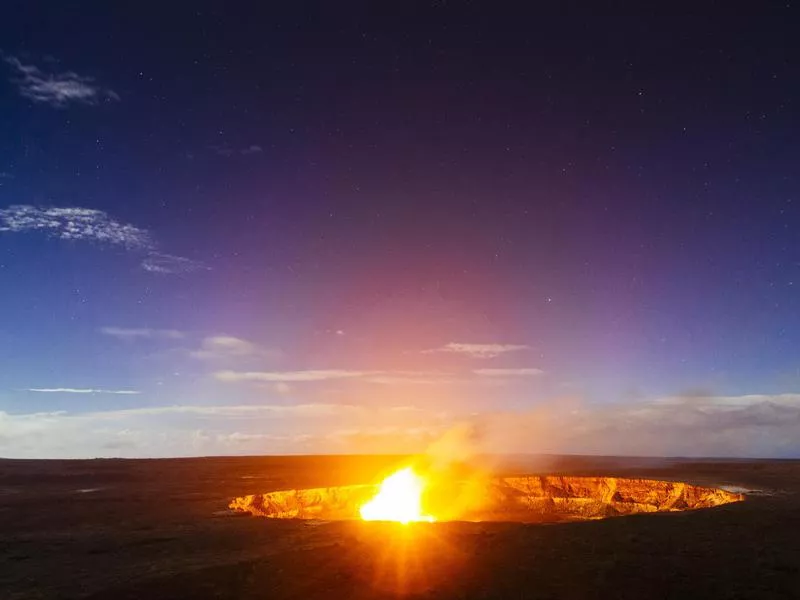
Night skies are lit up by an eruption at Halema'uma'u Crater. Boogich / Getty Images
Glacier National Park, Montana

The Northern Lights turn Lake McDonald, Glacier Park's largest lake, a brilliant shade of green. pxhere
Yellowstone National Park, Wyoming
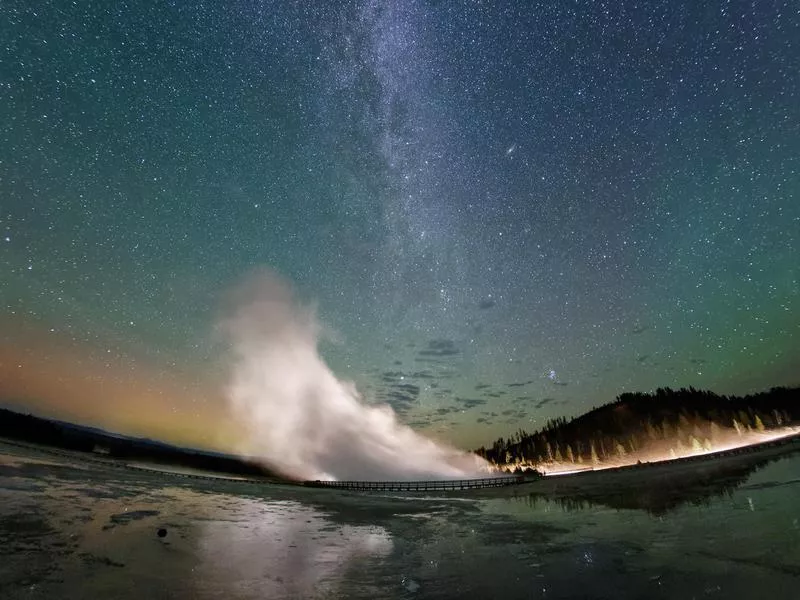
An erupting geyser punctuates a starry green sky. Eddie Yip / flickr
Mt. Rainier National Park, Washington

The white of a super moon matches the white of the snow on Mt. Rainier. Iridescent Moment / Getty Images
Capitol Reef National Park, Utah
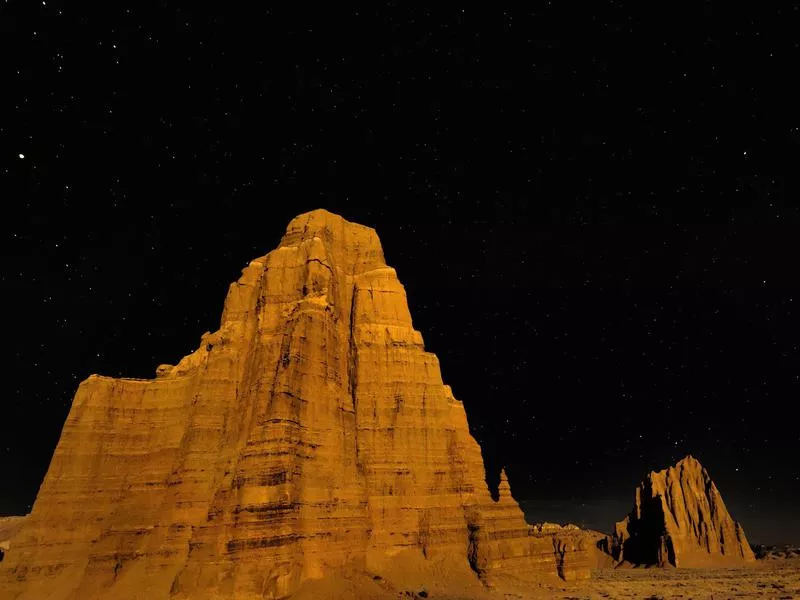
Moonlight turns Temple of the Moon, in Cathedral Valley, a glowing orange. John Fowler / flockr
Rocky Mountain National Park, Colorado
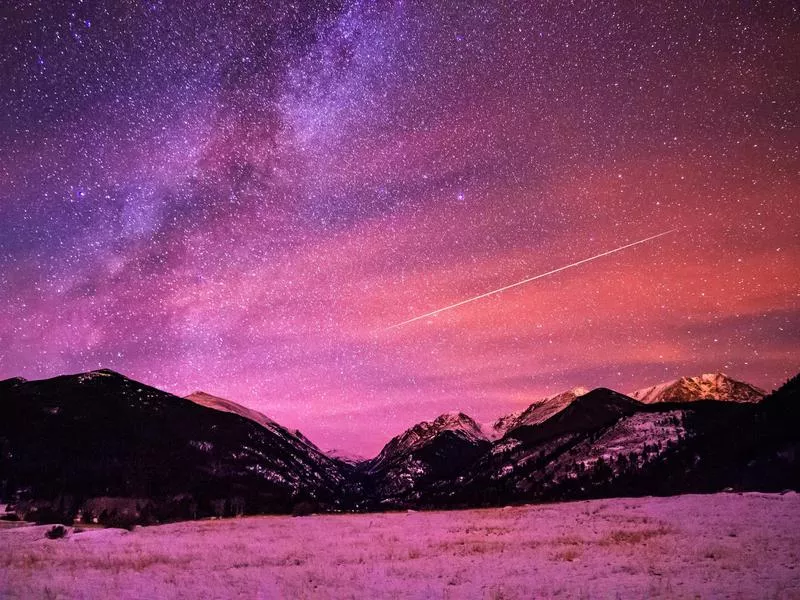
A Geminids meteor shower paints the night sky pink at Horseshoe Park, a wetlands sanctuary in the Rocky Mountains. Bryce Bradford / flickr
Joshua Tree National Park, California
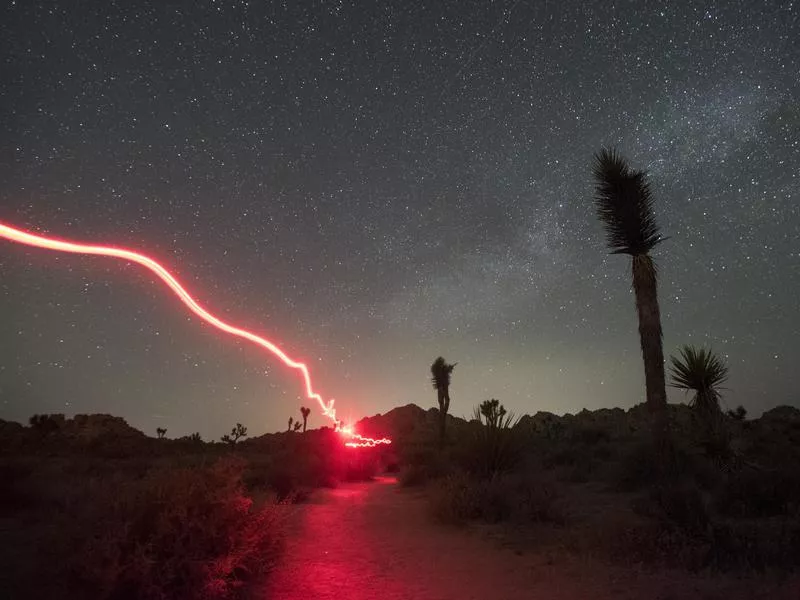
A boy scout's headlamp creates a long-exposure effect in Joshua Tree. Joshua Tree National Park / flickr
Grand Canyon National Park, Arizona
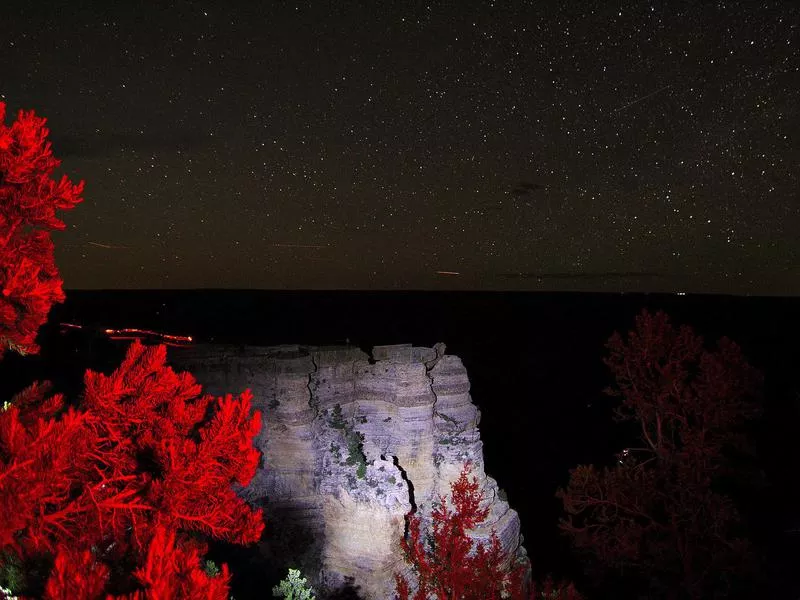
The foliage around Mather Point on the Southern Rim looks striking at night. sodai gomi / flickr
Carlsbad Caverns National Park, New Mexico
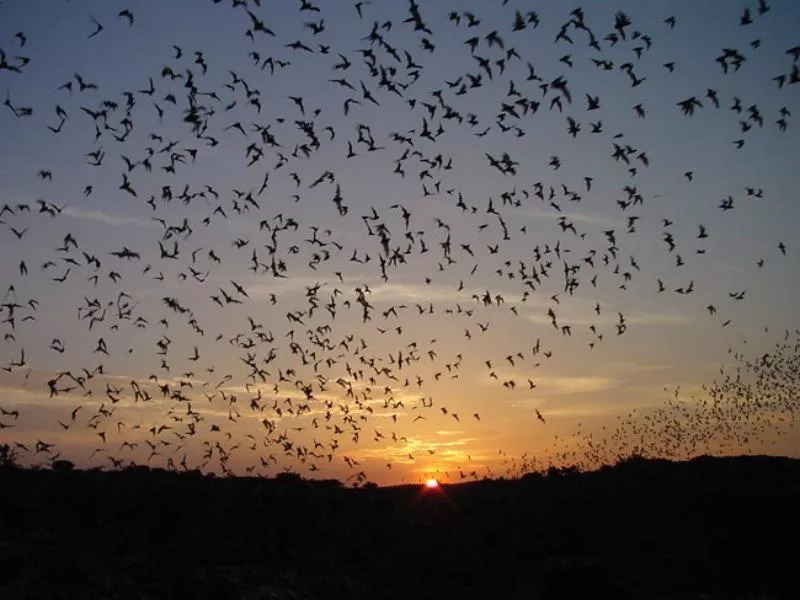
From late May to October, rangers guide visitors on a nighttime trek to watch nocturnal bats take to the sky. National Park Services
Saguaro National Park
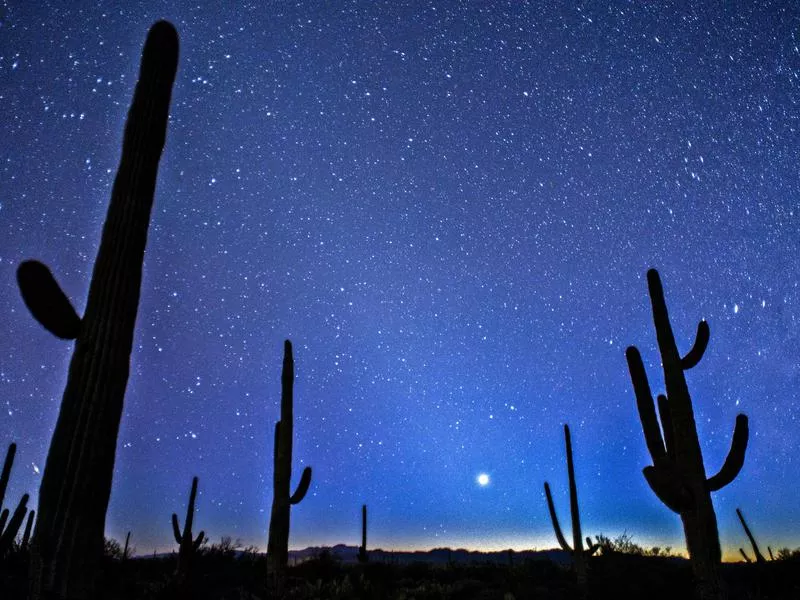
In the heart of the Sonoran Desert, cacti look black under a blue sky. CampPhoto / Getty Images
Kings Canyon National Park, California
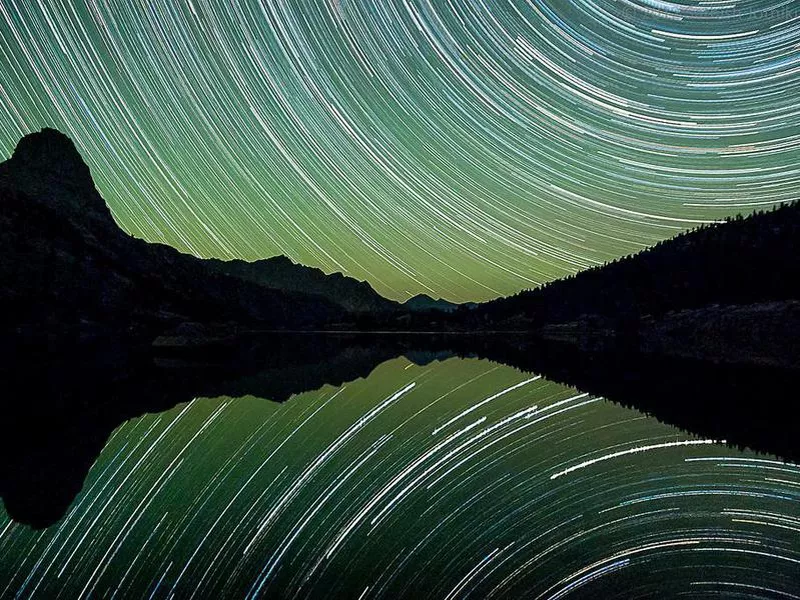
A photographer captures spectacular star trails from the shore of Rae Lake. Sathish J / flickr
Arches National Park, Utah
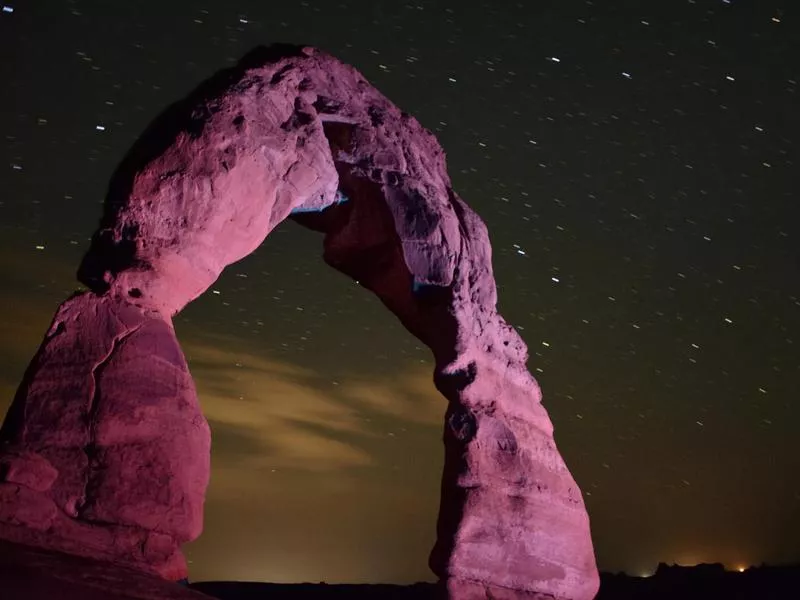
Delicate Arch looks shockingly pink against the dark night sky. solasulmare / Getty Images
Denali National Park, Alaska
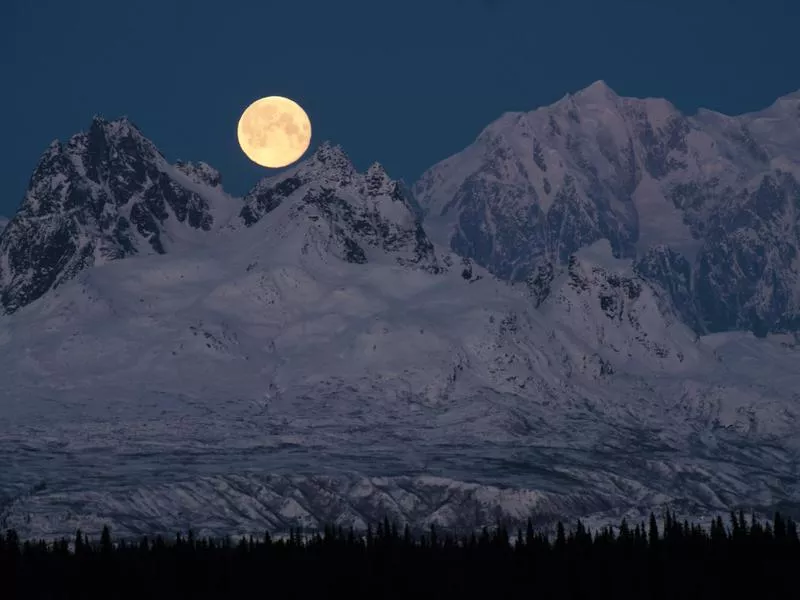
A full moon casts a glow over snow-capped Mount McKinley. ChrisBoswell / Getty Images
Olympic National Park, Washington
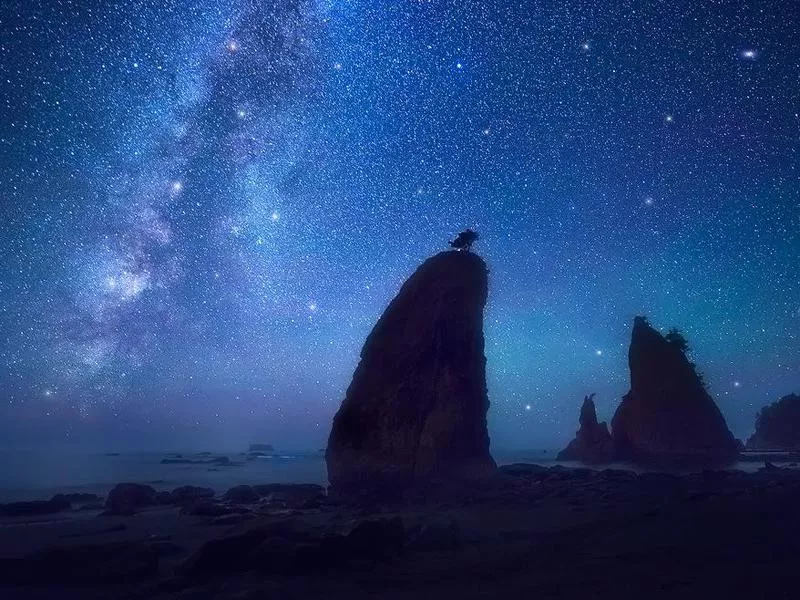
When there's no light pollution, stars take over the sky. Dave Morrow / flickr
Shenandoah National Park, Virginia
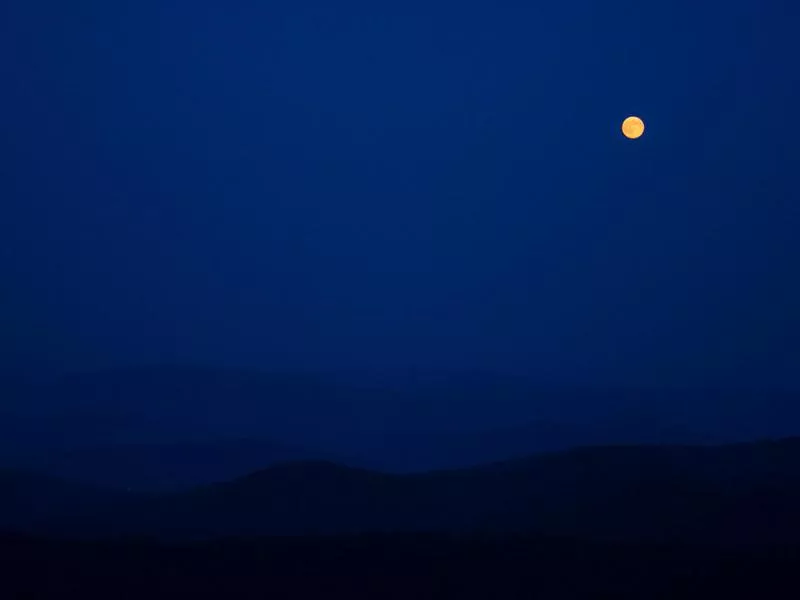
A glowing moon captures the eye on a stark night in Shenandoah. bahahamelly / Getty Images
North Cascades National Park, Washington
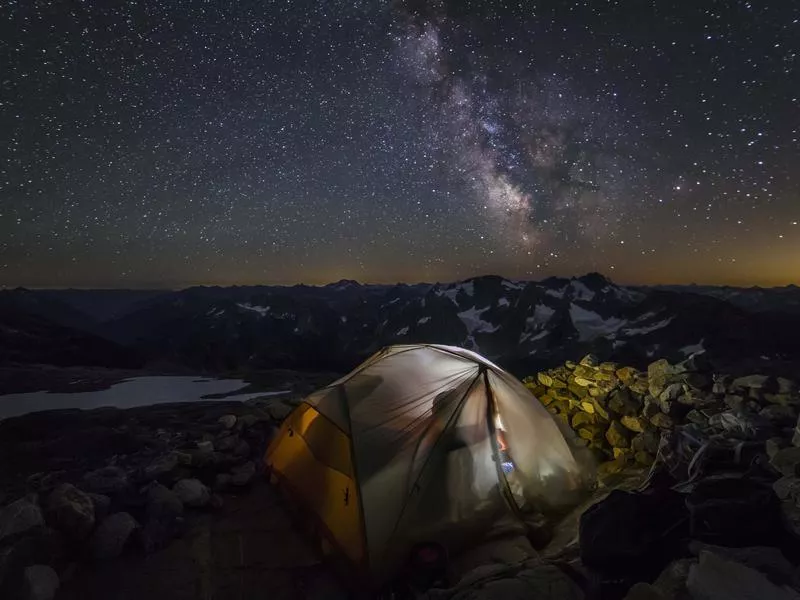
Camping is an exceptional way to enjoy parks like North Cascades at dark. andy porter / Getty Images
Crater Lake National Park, Oregon
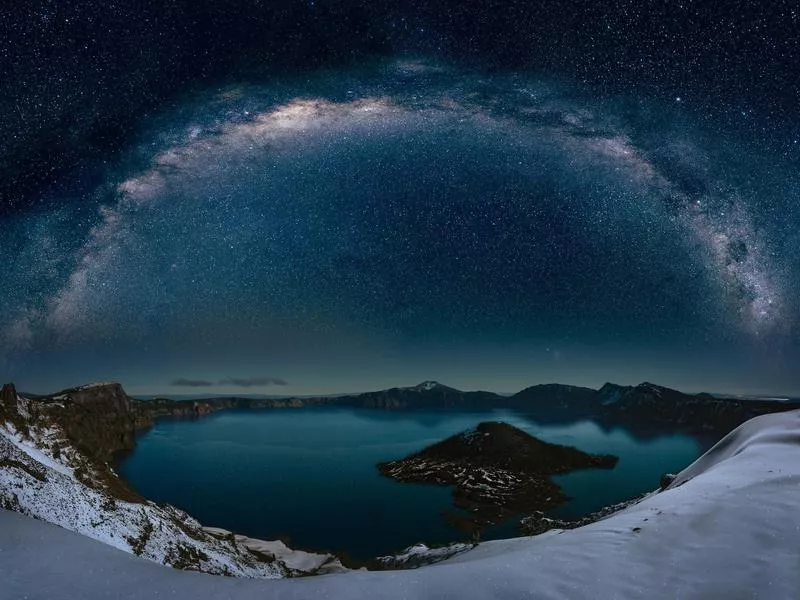
The Milky Way ascends over tranquil Crater Lake in winter. freebilly / Getty Images
Haleakala National Park, Hawaii

Clouds and burning sugar-cane fields are visible from Haleakala Summit, more than 10,000 feet high. Jason Carpenter / flickr
Mesa Verde National Park, Colorado
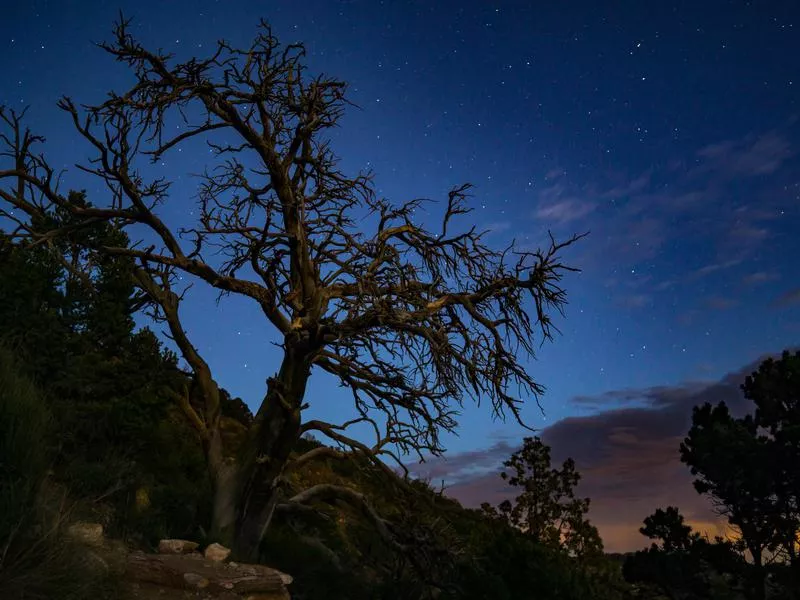
Twilight at Mesa Verde National Park brings a sense of calm to the landscape. Sparty1711 / Getty Images
Badlands National Park, South Dakota
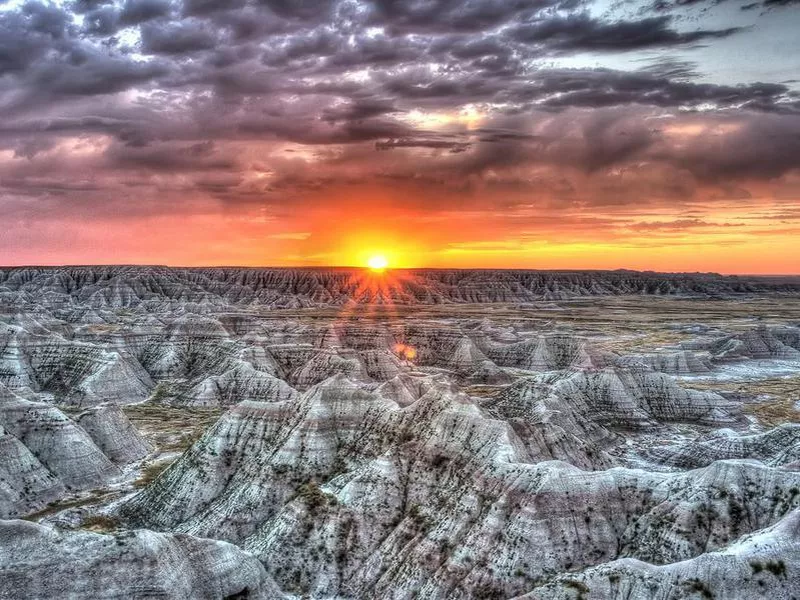
As the run rises over the stark Badlands landscape, night gives way to early morning. Matthew Paulson / flickr
Devils Tower, Wyoming

The Milky Way frames a majestic landscape. US Interior / Instagram
Grand Teton National Park, Wyoming

A camper find solitude among the trees. Neal Herbert / National Park Service
Great Basin National Park, Nevada
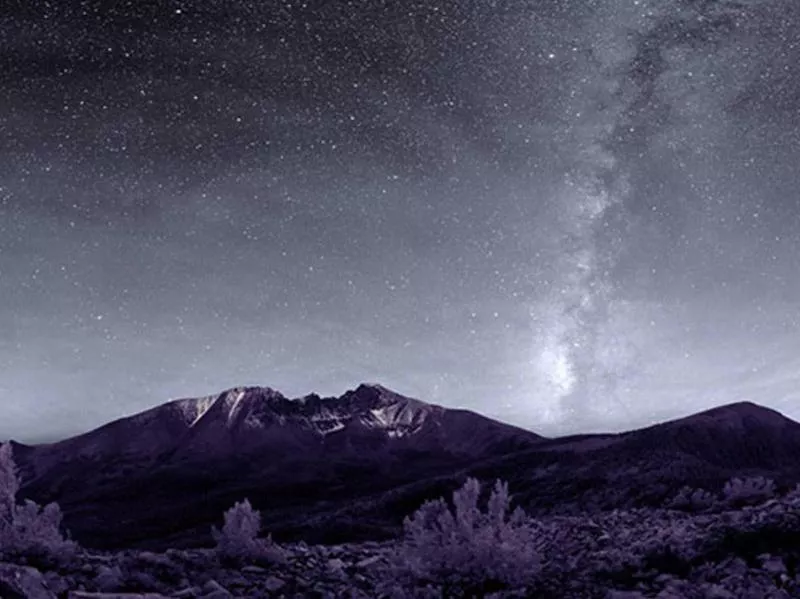
Gray sky contrasts with purple mountains. National Park Service
Glacier National Park. Montana
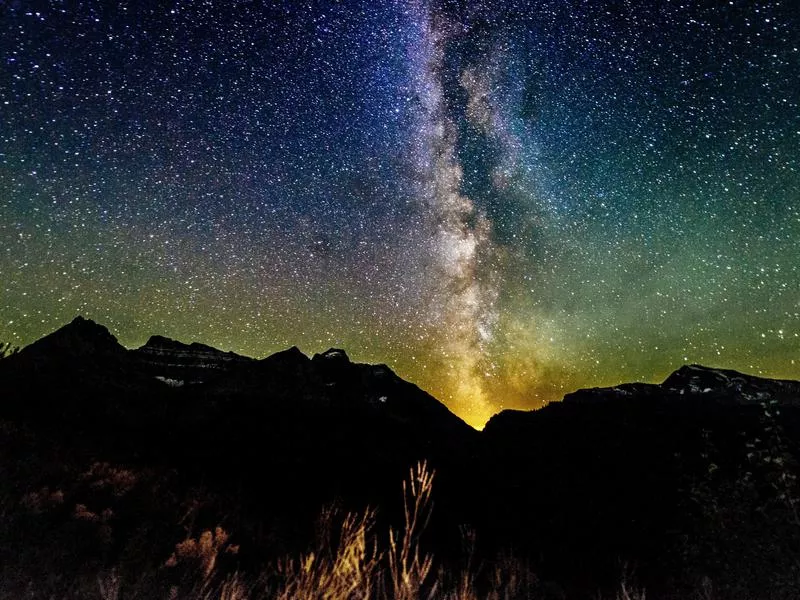
Reynolds Mountain looks particularly impressive at night. Getty Images
Crater Lake National Park, Oregon
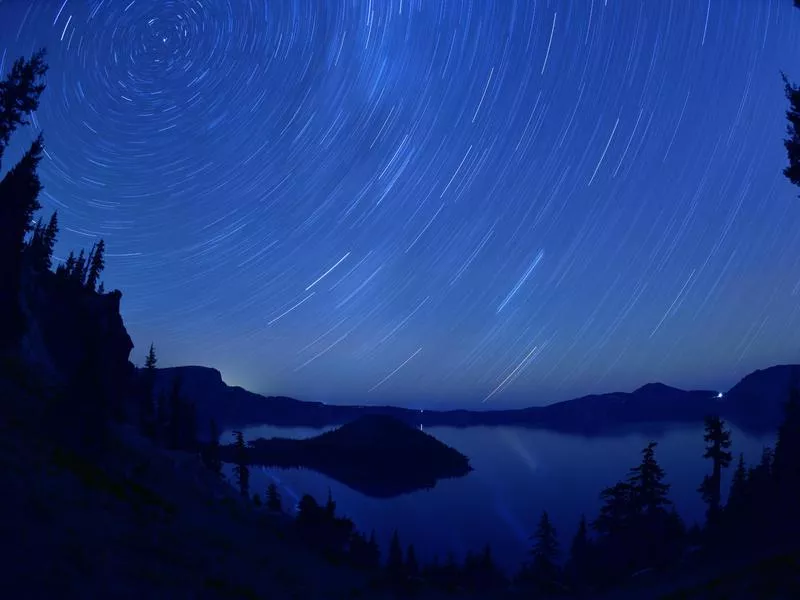
Stars create a dazzling photographic display. Getty Images
Mount Rainier, Washington State

Star trails rain over staggering Mount Rainier. Getty Images
Great Sand Dunes National Park, Colorado
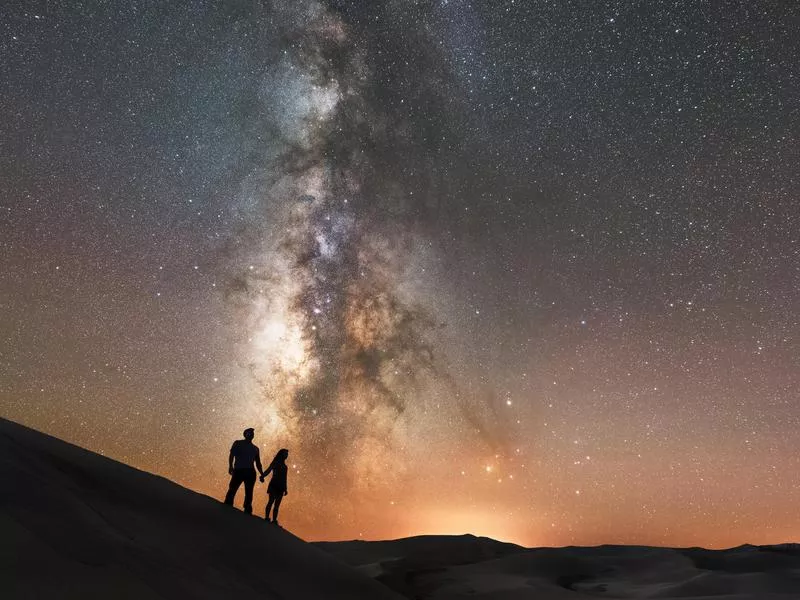
A couple takes in majestic sand dunes after dark. Getty Images
Everglades National Park, Florida
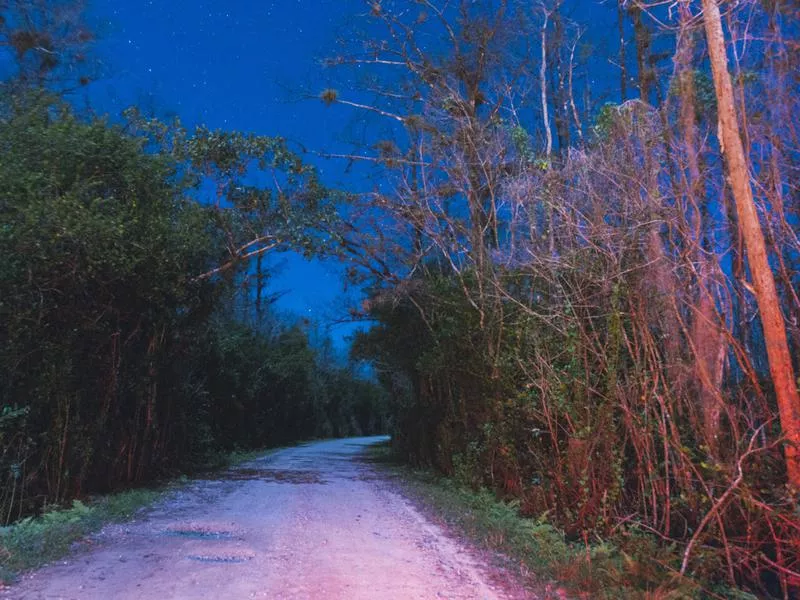
Big Cypress National Park Scenic Drive casts an eerie spell. Getty Images
Shenandoah National Park, Virginia

The night sky burns yellow. Getty Images
Sequoia National Forest, California
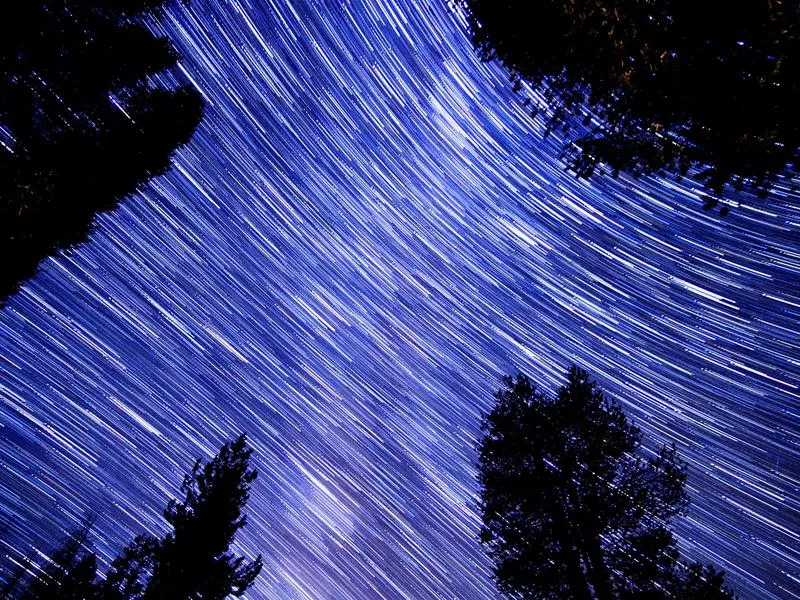
Star trails meet towering trees. Getty Images
Big Bend National Park, Texas

The entire Chisos mountain range and a large swath of the Chihuahuan Desert help comprise this park, brilliantly lit at sunset. Getty Images
